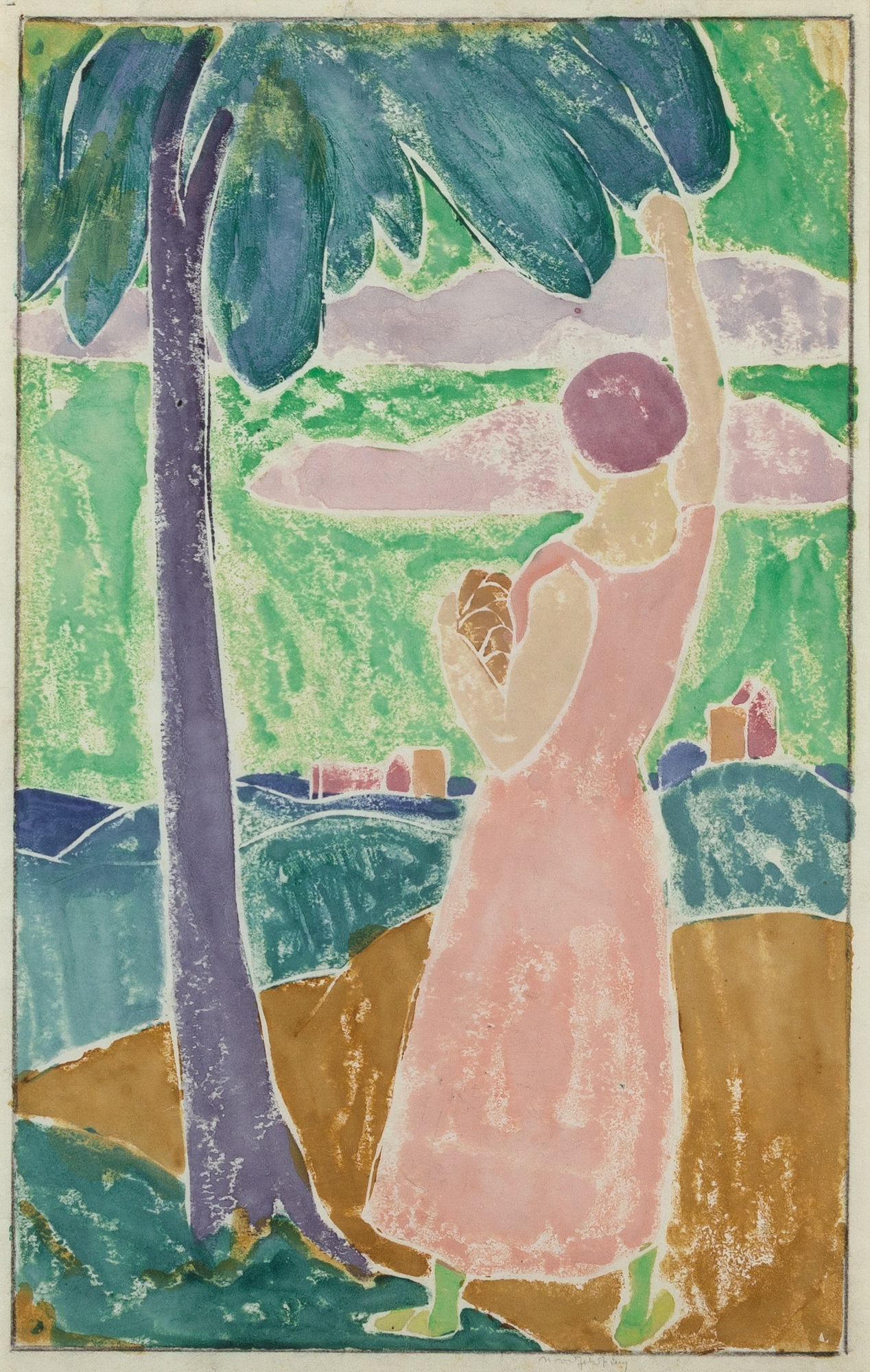Bror Julius Olsson Nordfeldt was a Swedish-born American modernist whose work bridged European training with American subjects. After immigrating to the United States in 1892, he studied at the Art Institute of Chicago and later at the Académie Julian in Paris, where he encountered the influences of Post-Impressionism and Symbolism. His early career included work as a printmaker for the 1900 Paris Exposition and as a woodblock engraver with the influential journal The Craftsman, grounding him in both fine art and the Arts and Crafts movement.
Nordfeldt became known for his expressive seascapes and his depictions of life in Santa Fe, New Mexico, where he lived and worked in the artist colonies from 1919 to 1937. As a member of the Santa Fe and Taos art communities, he joined a generation of artists seeking to define a distinctly American modernism rooted in local culture and landscape. He later settled in New Jersey, where coastal scenes and domestic interiors became recurring subjects.
His work has been exhibited widely, including at the Whitney Museum of American Art and the Metropolitan Museum of Art. A frequent contributor to national exhibitions and a member of several artist organizations, Nordfeldt helped expand the visual language of American modernism beyond the urban and coastal centers. Balancing international influence with regional subject matter, his legacy is that of a dedicated modernist whose work continues to resonate in American collections today.

